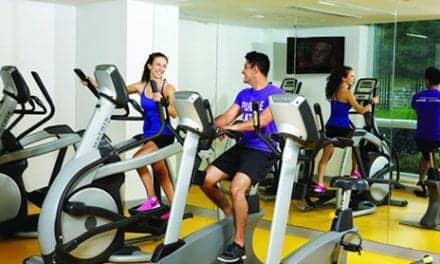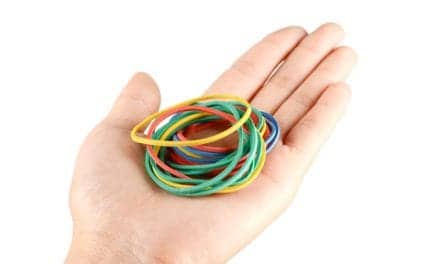Runners who wear non-cushioning running shoes (otherwise known as “minimalist” shoes) and land on the balls of their feet rather than their heels may experience fewer injuries, according to research.
This may be due to the fact that landing on the balls of the feet rather than the heels puts significantly less demand on the runners’ bodies.
In the study, researchers from the University of Exeter compared the loading rates among 29 runners. Loading rate, defined as how quickly the force acts when runners’ feet hit the ground, influences running injury risk, according to a media release from University of Exeter.
The researchers found significantly lower loading rates among runners who wore minimal running shoes and landed on the balls of their feet, compared to those who wore normal running shoes, regardless of whether they landed on their heels or the balls of their feet.
Modern-day runners in cushioned footwear tend to land on their heel—known as a “rearfoot strike”—while those who run in the natural barefoot state are more likely to land on the ball of their foot—a “forefoot strike.”
Rearfoot strike runners experience an abrupt vertical impact force each time the foot lands on the ground, the release explains.
This impact force is often missing when running with a forefoot strike, but previous research has shown that forward/backwards and sideways forces can be higher with a forefoot strike, meaning the total force is similar.
Total force seems to be similar between foot strikes if wearing modern, cushioned running shoes, the release continues.
“This seems to suggest that, for runners in traditional, cushioned running shoes, foot strike pattern may not matter for injury risk,” says the study’s lead author Dr Hannah Rice, from the University of Exeter, in the release
“However, we suspected that the same may not be true of runners who regularly use minimal shoes, which don’t have the cushioning provided by traditional running shoes.
“Our research tells us that becoming accustomed to running with a forefoot strike in shoes that lack cushioning promotes a landing with the lowest loading rates, and this may be beneficial in reducing the risk of injury,” she explains.
The study was published recently in Medicine & Science in Sports & Exercise.
[Source(s): University of Exeter, Science Daily]





